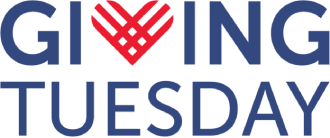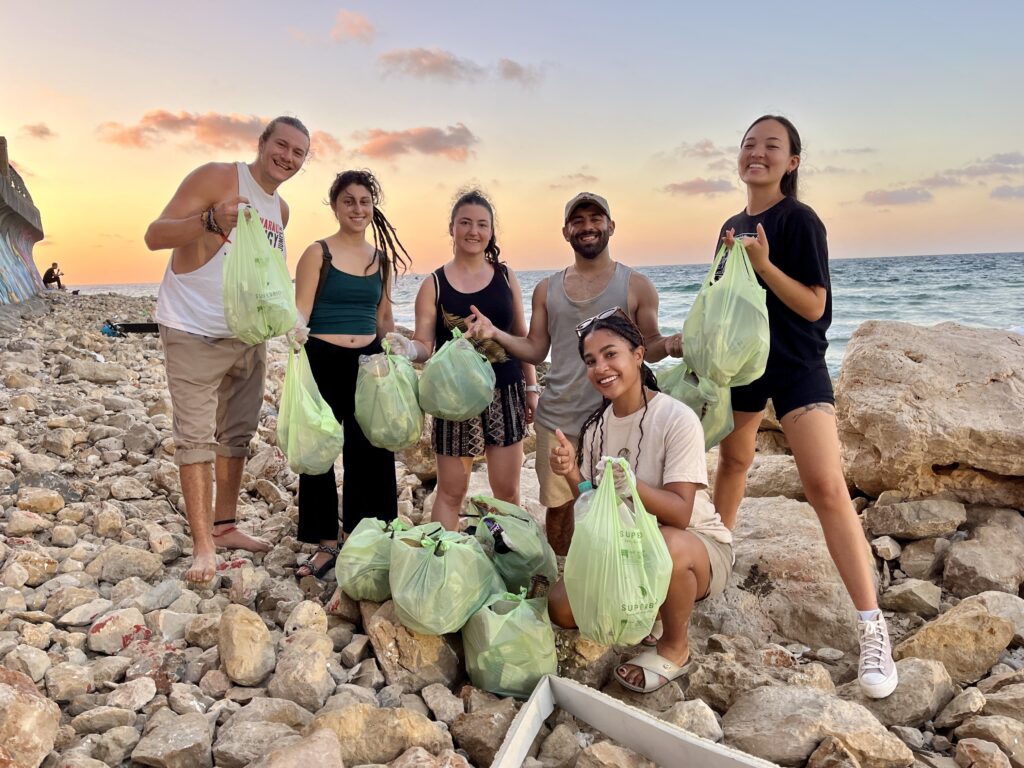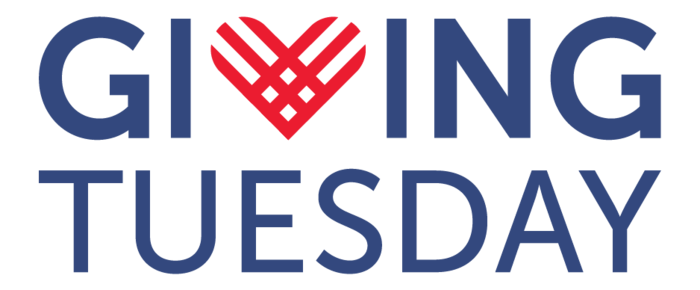By Chris Worman, GivingTuesday
Last October, I huffed and puffed my way through a 10km run organized by the Community Foundation in Odorheiu Secuiesc, a town of 30,000 people in rural Romania. I was one of more than 800 people who ran, walked, cycled — even rode horses — to raise funds for local organizations. Together we raised $250,000 from more than 7,000 people — roughly a third of the adults in town.
15 years ago when the Odorhei Community Foundation organized its first run, such levels of local giving were unimaginable. Back then, USAID had just pulled out due to Romania joining the EU. International foundations were leaving for the same reason. Local funders were nascent. In nationwide surveys, citizens struggled to recall the name of an NGO. The government was ramping up attacks on civil society. Sound familiar?
How did Odorhei grow from there to enviable levels of engagement today? A series of investments in the basic and minimum infrastructure for generosity; specifically the tools for giving, training on how to use them, and a community dedicated to understanding and stewarding cultures of giving.
The most significant and sustained investments empowering communities like Odorhei included the Romanian American Foundation’s decade-long investment of ~$6 million to develop a network of Community Foundations; $300,000 in two online giving platforms; and roughly the same into fundraising, communications training, and research capabilities.
Those investments have, to date, catalyzed well over $100 million in small donations from hundreds of thousands of local donors. In the best of times, those donations supported the daily operations and programming of small and medium sized organizations across the country. In the worst of times, when COVID-19 hit and later when Ukraine was invaded, the infrastructure enabled quick and meaningful responses to sudden needs.
Beyond the money, these investments built something powerful: an engine to sustain civil society and turn latent personal generosity into collective power. They offer a glimpse of what civil society could look like if we stopped only talking about the need for local resource development and resilience and started investing in the infrastructure communities need to develop resources and increase resilience.
Invest in agency — not outputs
In a world where civic space is under attack and development aid budgets are vanishing, Romania gives us a hopeful story; and a strategy we need to take seriously: invest in the tools now that will enable civil society to sustain itself for the future.
But so far most of the dialog in philanthropy seems to cluster into two camps: give more and give better. Both are laudable. Neither is enough.
Yes, this is a moment to go beyond 5% payouts. But as Benjamin Bellegy of WINGS recently noted, even if philanthropy could fill the enormous gap left by aid cuts – while trying to take on everything from climate to AI to democracy itself – philanthropy cannot afford to and would be silly to try without decentering itself in the process.
And yes, unrestricted, trust-based giving is important — but we’ve heard that tune before, and for the most part, foundations seem happy to stick with the same grant-based project funding models they’ve been comfortable with.
This moment calls for us to go beyond grantmaking reform and confront what Carola Carazzone of Philea recently called “a deep, structural crisis of dependence caused by project financing and the underfunding of overhead and organizational development.”
If we want civil society to be more resilient, able to stand for itself, and with us through the inevitable challenges ahead, we have to stop only funding the activities and outputs we deem important and start funding the infrastructure and skills that enable local organizations to mobilize their own communities, constituencies, and resources.
As the case from Romania – one of many around the world – demonstrates, building the basic infrastructure for generosity (giving tools, training, and research capabilities) can unleash far more capital than is often imagined. Even in countries with tons of infrastructure, there is room to grow. GivingTuesday’s research estimates there is $49 billion in untapped individual giving in the United States right now. Imagine if we had the infrastructure to activate all the world’s cultures of mutual aid and communal responsibility with and for civil society.
While investing in such infrastructures has driven exponential increases in giving, this is importantly not just about money. Civil society – like any cultural phenomenon – would not exist without people believing it was necessary and demonstrating that belief by participating in it. Giving time and money is the way most people do so and as such is not just a transaction, but the embodiment of belief in the potential of civil society. Further, a funny thing happens when people give – they convince themselves that giving is righteous, leading to a positive, self-reinforcing and culture forming feedback loop between the act and belief that the act is important.
All of which builds trust grantmakers and grant-takers alike need in a world where civil society is under attack as foreign, elite, or ideologically suspect. Citizens will stand with us if they are invested in, understand, and trust civil society as theirs, something they are proud of, something they do and need. Many lack the infrastructure to do so.
Practically speaking:
If we want to build systemic resilience, we must start funding the systems that let people build their own financial independence, bases, and funds for themselves:
- Invest in infrastructure at the ecosystem level: The infrastructure civil society needs is neither obscure nor evenly distributed. Civil society needs the technologies (digital or analog) to support transactions of money and time; the training on how to use it; and support understanding what is working, when. Fund the broader enabling environment: giving platforms in local languages, networks that train and support nonprofit leaders, fiscal hosts for small organizations, research and campaign tools designed for the local context.
- Build the capacity of your grantees: Support your grantees to raise money and mobilize support from their communities. While change is hard and many will say it isn’t possible, there is ample evidence that this simply isn’t true. Invest in training for fundraising, communications, and community organizing and match local giving to incentivize new behaviours.
- Back the data and research to find out what works: Fund research to map the availability and use of fundraising infrastructure, to understand local cultures of giving, and to track what works. Programs like GivingTuesday’s Civic Intent or Connect Humanity’s Will for the Web study offer examples of how to do this at scale and in partnership with local actors.
Not only are these investments necessary, they are safe, and can unlock exponential results. The worst that happens is civil society better able to communicate, organize, and deliver. The best? Civil society of and by the people, self sustaining and able to stand for what it believes fully backed by humanity, driving actual behavior and system change. Could be worse.
Yes, and
This shift won’t happen overnight. And with the gutting of development aid, disruption of the global economy, and ongoing conflicts, there are places where philanthropy needs to do all it can to provide emergency alleviation of human suffering. Do that. Do it now.
But don’t stop there.
Today’s challenges will continue and new ones will emerge. The polycrisis we face — climate collapse, authoritarianism, national expansionism — demands we evolve to meet the moment rather than continue investing in the same things, often in the same ways, and expecting different results.
So let’s invest in something different — the infrastructure that underpins an ‘enabled’ environment for a civil society rooted in participation, not dependency; powered by local trust, not global gatekeepers. Let’s stop talking about local resource mobilization, sustainability, and self determination, without ensuring the infrastructure for giving, organizing, and collective action is within the reach of all.
And yes, this is a job for philanthropy – assuming civil society organizations in challenging parts of the world will have the money to invest in local infrastructure development, no matter how small in the grand scheme of things, is naive. While civil society’s smallest organizations often rely exclusively on local support, they could raise much more if infrastructures existed. The larger, grant-taking organizations often struggle to make ends meet in a flawed, now failing system. Neither has the funds to set aside and invest in the infrastructures to unlock local generosity and they would have to cut existing, needed programs to do so on their own. Philanthropy can invest in the infrastructure for generosity, philanthropy has on occasion done so, and philanthropy arguably must do so at scale now.
We’ve seen what’s possible. A few million dollars invested in Romania helped unlock $100 million in local giving. There have been similar results from Argentina to Indonesia. And there is clearly room for growth. Again, GivingTuesday’s research indicates at least +$50 billion more could be given in the U.S. – a country with near overwhelming amounts of infrastructure for generosity. Imagine if everyone had access to such infrastructure. If we stopped talking about all this as hypothetical and established a dedicated fund or committed donor collective, philanthropy could seed the infrastructure for giving where it currently does not exist — expanding the ability of communities everywhere to sustain their own organizations, on their own terms.
Imagine what we could unlock globally if civil society had the tools to ask — and people had the means to say yes.
This is the promise of philanthropy today: not to be the hero of today’s story, but to invest so others can write their own.
Photo credit: Odorheiu Secuiesc Community Foundation (www.szka.ro)




